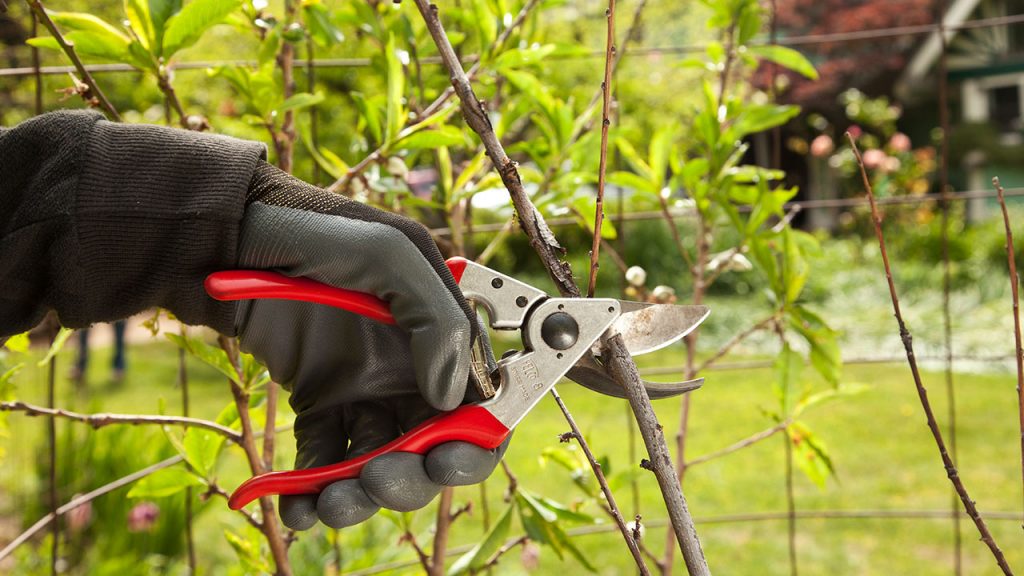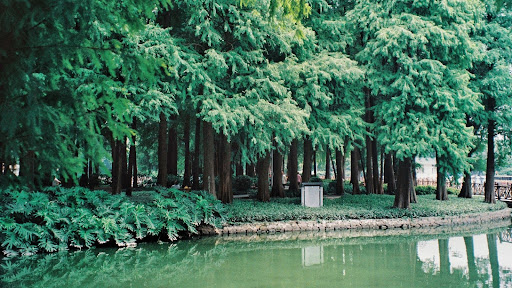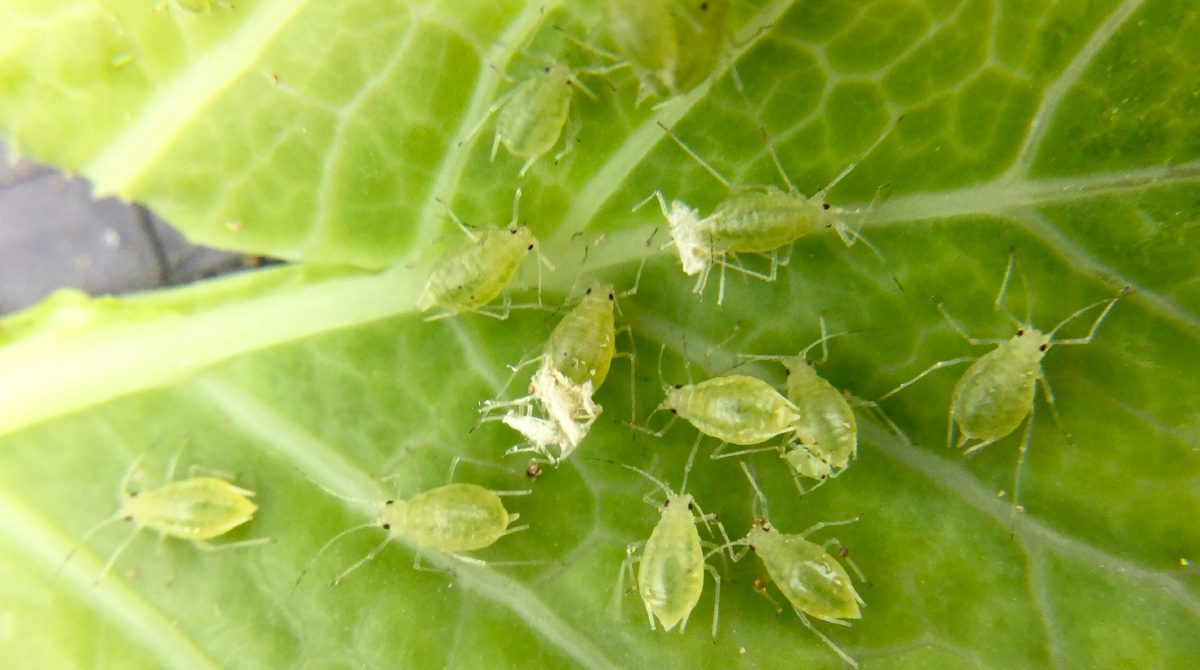
3 Easy Steps to Structural Pruning
Date December 16, 2021
Category
Structural pruning is a necessary part of tree care. If you want to make sure your tree stays as healthy as possible, it’s best to add structural pruning to your tree care routine.
Structural pruning helps improve the structural integrity of trees. This structural integrity is important because it keeps the tree strong and supports itself against weighty winds, storms, and other weather conditions. As we approach the winter season, structural integrity becomes even more important as snow and ice can test the structural integrity of a tree.
When structural pruning is done incorrectly or not at all on trees that cannot stand up on their own due to disease or old age, they can be very dangerous for your home and family.
This guide from TreeNewal will help you with structural pruning with just three easy steps!
Focusing on the best time to prune your tree. The tools you’ll need before pruning and our three easy steps to structural pruning.
When to Prune
Before you start pruning your tree, we need to make sure it is beneficial for the tree. There is a lot of debate about when the perfect time to prune your tree is. The best answer is there is no perfect time. Most people will suggest pruning in the dormant season, this will help avoid the spread of disease, and because of the lack of leaves, it’s easy to see the true tree structure! Which makes it much easier to prune.
Tools for Structural Pruning
It would help if you had a couple of things on hand before planning your pruning.
The first tool you’ll need is hand shears. Hand shears can be used on branches up to 1/4 inch in diameter. This is ideal for smaller, younger trees.
Looping shears make cutting higher branches easier! Looping shears can cut up to 1-1/2 inches in diameter.
Pruning saws have coarse teeth that cut on a pull stroke for easy and safe pruning. Pruning saws also cut 1-1/2 inch diameter branches.
For branches larger than 1 inch in diameter and beyond arm’s reach, pole pruners are a good tool to use.
Make sure you have a bag or container nearby to collect the cut branches and a pair of gloves to protect your hands.
Step One
The first step when structural pruning is to remove any dead, diseased, or damaged branches. Removing these branches will help with the overall tree health. As you’re looking at the branches, make sure you remove any crossing branches or branches conflicting with other branches or permanent structures.
Before moving on to step two, take a look at the work you’ve done. Ensure to prune out any suckers or sprouts growing from the tree’s base or along its stems. If you have already removed 25% or more of the overall crown, stop and wait until the following year to keep going.
If you’re unsure what a dead, diseased, or damaged branch looks like. Contact an ISA-Certified arborist, like TreeNewal. At TreeNewal, we can help with your structural pruning and ensure your tree stays healthy.
Step Two
Now that you’ve removed the three D’s of bad branches, it’s time to move on to removing any co-dominant stems. A co-dominant stem is any stem or branch that is competing to become the central trunk or leader.
It will improve the structural integrity of your tree if it is encouraged to grow one dominant trunk. We want the structural integrity to be strong and sturdy.
To get rid of a co-dominant stem, prune at its base or where it meets another stem. You can also prune off lateral branches until you reach the desired trunk height.
Step Three
Now that we’ve removed any incorrect branching and competition for growth, it’s time to address spacing along and around the trunk. We want our trees to model after a spiral staircase. Imagine a spiral staircase and see if you can encourage your tree to grow in that direction.
Pair up any branches growing too close to each other and remove the one with less structural value. A good rule of thumb is that if you can fit a business card between two competing stems, it’s time to prune!
Once you’ve removed all those bad branches along with structural ones as well as competed against stems, your tree structural pruning is complete! Now that you know the three steps to structural pruning, it’s time for implementation.
When to Contact an Arborist
Pruning is an integral part of tree health and is necessary for structural integrity. But if you’re unsure of what to cut or if you’re seeing abnormal growth on your tree, it’s time to contact an ISA-certified arborist. They will provide an accurate diagnosis of structural pruning and help you maintain your trees.
If your trees are in need of some structural help, give us a call at TreeNewal today. We’ll be happy to assess any structural needs and do what we can to improve their health! TreeNewal can support pruning your trees, as well as making sure your trees stay healthy year-round.
To learn more about 3 Easy Steps to Structural Pruning, call our Argyle and Southlake-based teams
at tel:(817) 592-6846 or send us a message.
We’re a little different than the average tree services company.
Learn more about TreeNewal’s ISA Certified Arborists!
Our Dallas/Fort Worth-based tree doctors can explain how sustainable tree care services add more value to your bottom line.
Healthy trees, healthy lives.








